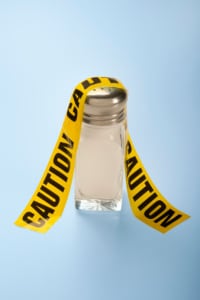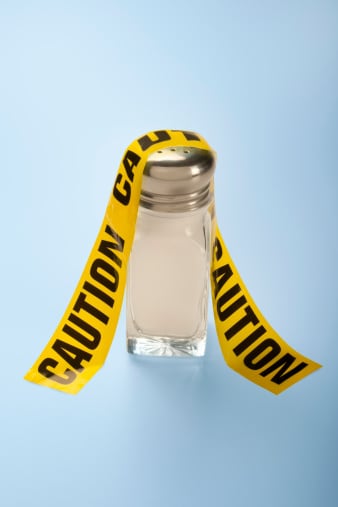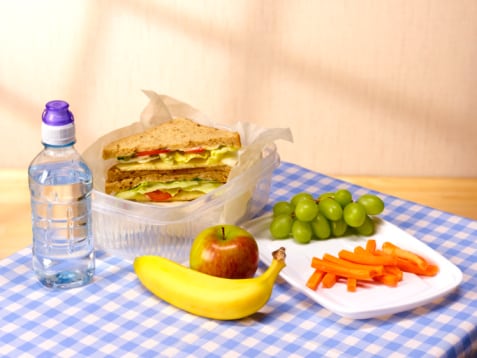
Salt exacerbates the negative health effects of high blood sugar, researchers say. (pixhook/Getty Images)
High-salt diets pose all types of health problems, but new research says that the sodium may be especially dangerous for people living with type 2 diabetes.
A new study published in the Endocrine Society’s Journal of Clinical Endocrinology & Metabolism, explains that eating a diet with loads of salt doubles the risk of people with type 2 diabetes developing cardiovascular disease.
The information is of critical importance to the health of black women because we are already at high risk for both diseases. One in four African-American women over 55 is diabetic and more than 46 percent of us have heart disease.
“The study’s findings provide clear scientific evidence supporting low-sodium diets to reduce the rate of heart disease among people with diabetes,” said the study’s first author, Chika Horikawa, RD, MSc, CDE, of the University of Niigata Prefecture in Niigata, Japan. “This study is among the first large studies to demonstrate the benefits of a low-sodium diet in this population.”
The study surveyed 1,588 people, between the ages of 40 and 70, who have diabetes. They were asked about sodium intake and the researchers assessed their cardiovascular health.
Study participants were divided into four groups based on their sodium intake. People who ate an average of 5.9 grams of sodium daily (more than two teaspoons of salt,
Yogurt May Lower Blood Pressure
Probiotic foods, such as yogurt, soft cheese and miso soup, appear to lower blood pressure, according to a review published in the journal Hypertension.
The researchers found that on average, probiotics lowered systolic blood pressure (the top number) by 3.56 mm Hg and diastolic blood pressure (the bottom number) by 2.38 mm Hg, compared to a placebo.
nearly a tablespoon) had double the risk of developing cardiovascular disease when compared to the group who only ate an average of 2.8 grams of sodium daily (about two teaspoons).
The researchers explained that salt exacerbates the negative health effects of high blood sugar.
How to Cut the Salt
It’s easy to eat too much sodium, especially if you eat in restaurants (there’s probably tons of salt in your favorite entrée) or fill up on processed foods. Here are a few tips for reducing your intake:
▪ Work with your waiter. Restaurants seldom reveal the salt content of prepared dishes, so let the waiter know you are on a low-sodium diet before you order. Ask for low-sodium recommendations or request that your meal be prepared without added salt. This can be tricky if there’s a sauce, so you might also request sauces and dressings on the side to control what you eat.
▪ Shake the shaker. Take the salt shaker off the dining room table. Eat your meals without adding salt.
▪ Get Spicy. Use herbs and spices to add flavor to food, not salt. Gently roast dried herbs and some spices to release their aromatic oils and enhance the flavor. It just takes a few seconds in a heavy, hot pan. Once the scent fills the air, the spice is ready to add to your favorite recipe.
▪ Shop Smart. Buy fresh foods or look for foods that say “no salt added.” Read the labels on everything you pick up to check for sodium content. Be particularly aware of soups, stews, sauces, cured meats and some brands of frozen dinners.









